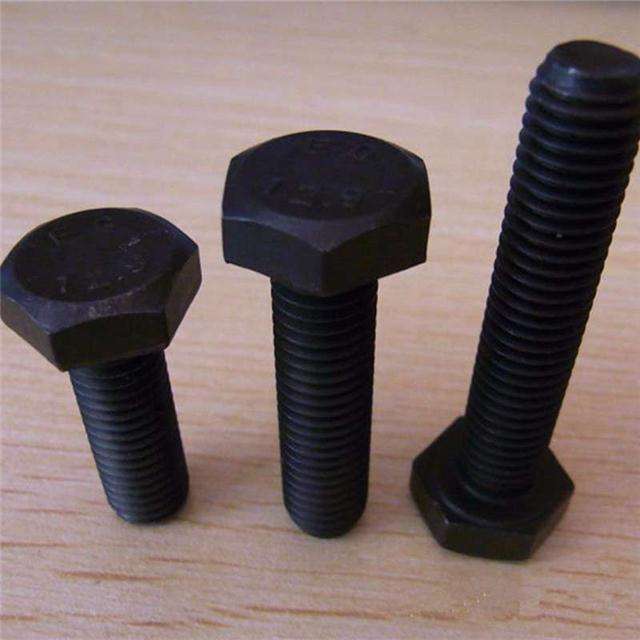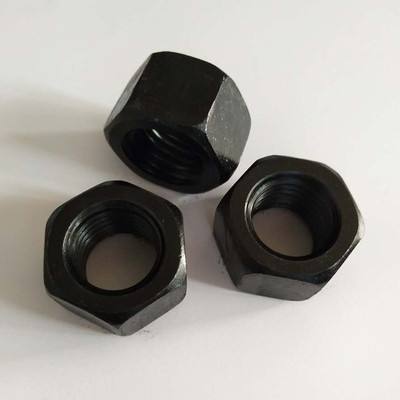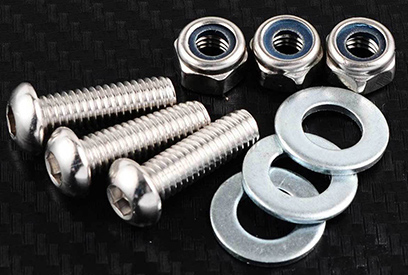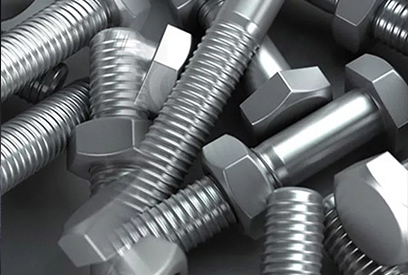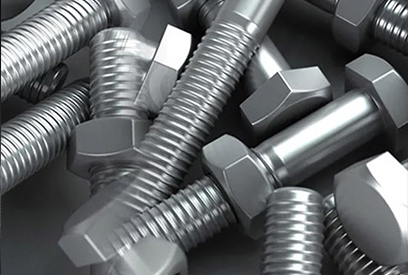Hexagon bolts are fasteners composed of heads and screws (cylinders with external threads). It needs to be matched with a nut to be used as a fastener to connect two parts with through holes. Heavy Hex Bolt Wholesaler introduces the requirements for the use of hexagonal bolts:
1. Select the product correctly: Before use, please confirm whether the mechanical properties of the product meet the requirements of use, such as the tensile strength of the hexagon socket bolt and the load of the nut. The length of the hexagon socket screw should be selected appropriately, and the screw must be selected according to the 1-2 pitch of the nut after tightening.
2. Before use, please check whether the threads are rough and whether there are iron filings or dust between the threads. These things often lead to lockups.
3. Fasteners can be lubricated before use: it is recommended to use butter, molybdenum disulfide, mica, graphite, or talc for lubrication. At present, it is common to use wax dipping lubrication treatment to prevent locking.
4. Pay attention to the method of use:
(1) The speed and force of screwing in are appropriate, not too fast or too big. Use a torque wrench or socket wrench as much as possible. Avoid using adjustable wrenches or electric wrenches. Too fast will cause the temperature to rise rapidly and cause a lockup.
(2) In the direction of applying force, the nut must be tightened perpendicular to the axis of the screw.
5. The use of washers can effectively prevent the problem of over-tightening.
6. Fasteners made of stainless steel, aluminum alloy, and titanium alloy often lock or bite. These metal alloys have anti-corrosion properties. When the surface is damaged, a thin oxide layer is formed on the metal surface to prevent further corrosion. When the stainless steel fastener is locked, the pressure and heat generated between the teeth will destroy the oxide layer, which will cause blockage or shear between the metal threads, which will lead to adhesion. When this phenomenon continues, the stainless steel fasteners will be completely locked and can no longer be removed or locked.



